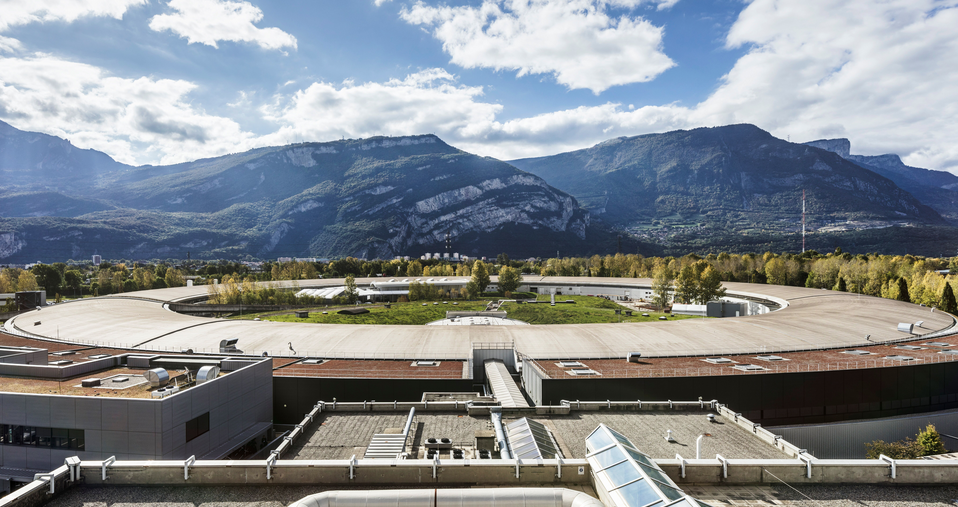Construction starts on 4th-gen synchrotron
20 Mar 2019 by Evoluted New Media
The first components for the fourth-generation synchrotron light source have been installed in Grenoble, France.
The Extremely Brilliant Source (EBS) will boost generated X-ray beams by a factor of 100, allowing new research opportunities in fields such as health, energy, environment, industry and nanotechnologies.
ESRF Director-General Francesco Sette said: “Audacity and innovation underpin the ESRF’s mission and the EBS writes a new chapter in our history.
“EBS will provide X-rays with unprecedented brilliance and coherence, which will enable scientists to study materials at the atomic level in much greater detail, with higher quality, and at a much faster rate.”
As the EBS begins construction, the first components must be aligned to within half the width of a human hair. EBS will have seven bending magnets per cell and optics that maximise the stable phase space volume available for the electron beam. The result is reduced horizontal emittance and a tighter packing of electrons, giving beams laser-like properties. New EBS beamlines will make it possible to probe complex materials at the atomic level faster and in greater detail.
The project costs €150 million, funded by 22 partner countries. It’s estimated to be complete and available for scientists in summer next year. Following the EBS installation, 18 upgrades are planned for facilities around the world, including in the US, Japan and China.
The EBS replaces the third-gen source, the European Synchrotron Radiation Facility. Three months was spent dismantling the original ESRF storage ring, requiring the removal of 1720 tonnes of equipment, including 200km of cables.
[caption id="attachment_79528" align="alignleft" width="324"] Image: CANDE/ESRF[/caption]
Image: CANDE/ESRF[/caption]
90% of the existing infrastructure from the ESRF will be reused. The EBS’s accelerator systems will also consume 20% less energy than the third-gen ESRF.
ESRF was capable of producing X-rays 100 billion times brighter than X-rays used in hospital radiographic equipment. It was shut down in December for the 20-month upgrade to the fourth-gen EBS, ending 26 years of operation.
Scientific output from ESRF totalled more than 32,000 scientific publications and has generated four Nobel Prize laureates.







